Ketoconazole 200 mg Tablet for Cats: Complete Guide to Potassium Supplementation and Safe Use
Potassium plays a vital role in maintaining a cat’s muscular, neurological, and cardiovascular health. In felines, especially those suffering from chronic illnesses, potassium levels can fall dangerously low, leading to a condition called hypokalemia. One of the most effective veterinary solutions to address this imbalance is Ketoconazole 200 mg Tablet , a targeted potassium gluconate supplement. This blog delves into the importance of potassium, clinical signs of deficiency, how Petral-K works, proper dosing strategies, and crucial safety considerations for use in cats.
Why Potassium Matters in Feline Health
- Muscle contraction (especially skeletal and cardiac)
- Nerve signal transmission
- Maintaining cellular fluid balance
- Acid-base homeostasis
- Enzymatic reactions
In cats, a deficiency can quickly manifest as lethargy, poor appetite, stiff gait, or even life-threatening cardiac changes.
What is Ketoconazole 200 mg Tablet ?
Ketoconazole 200 mg Tablet is an oral veterinary supplement that delivers potassium gluconate, a readily absorbed form of potassium. It is used primarily in cats to manage or prevent hypokalemia, especially in cases involving:
- Chronic Kidney Disease (CKD)
- Excessive diuretic use
- Chronic vomiting or diarrhea
- Hyperthyroidism
- Endocrine disorders (e.g., diabetes mellitus)
- Poor dietary intake or malabsorption
Indications for Use in Cats
Veterinarians recommend Ketoconazole 200 mg Tablet in a variety of clinical scenarios. Below are the most common:
1. Chronic Kidney Disease (CKD)
CKD is a widespread condition in aging cats, often leading to increased urinary potassium loss. Hypokalemia exacerbates muscle wasting, weakness, and inappetence. Supplementation with Petral-K can reverse these symptoms and support renal health.
2. Use of Diuretics
Cats being treated with furosemide or other diuretics for heart disease or edema may lose potassium through increased urination. Ketoconazole 200 mg Tablet helps maintain electrolyte balance and prevents muscle cramps and heart irregularities.
3. Vomiting and Diarrhea
Acute or chronic gastrointestinal issues lead to significant fluid and electrolyte loss. Potassium is among the first to be depleted, necessitating oral supplementation to restore normal cellular activity.
4. Diabetes Mellitus and Ketoacidosis
In diabetic cats, especially those experiencing diabetic ketoacidosis, potassium levels drop rapidly. Ketoconazole 200 mg Tablet is often used in conjunction with insulin and fluid therapy to rebalance electrolytes.
5. Hyperthyroidism
Cats with hyperthyroidism can exhibit mild to moderate hypokalemia due to increased metabolism and renal excretion. In some cases, potassium supplementation helps reduce muscle weakness and tremors.
Pharmacological Action of Ketoconazole 200 mg Tablet
Potassium gluconate, the active ingredient in Ketoconazole 200 mg Tablet , is absorbed through the gastrointestinal tract. Once in the bloodstream, it helps replenish intracellular potassium levels, supporting:
- Normal contraction of skeletal and cardiac muscle
- Proper function of nerve impulses
- Regulation of intracellular fluid
- Maintenance of acid-base balance
As the potassium level normalizes, signs like muscle weakness, tremors, and anorexia typically improve within days.
How to Administer Ketoconazole 200 mg Tablet
Ketoconazole 200 mg Tablet mg should always be prescribed by a licensed veterinarian. Dosage depends on:
- Severity of hypokalemia
- Cat’s weight and age
- Underlying disease
- Current diet and concurrent medications
Dosage: Ketoconazole 200 mg Tablet for Cats
| Cat Weight | Mild Deficiency(Initial Dose) | Moderate Deficiency(Split Dose Daily) | Severe Deficiency(High Dose – with Monitoring) |
| 4–5 kg | ½ tablet once daily | ½ tablet twice daily | 1 tablet twice daily |
| 6–7 kg | ½ tablet once daily | 1 tablet daily (split into 2 doses) | 1.5 tablets daily (split) |
| >9 kg | 1 tablet once daily | 1.5 tablets daily | 2.5–3 tablets daily (with ECG and blood test support) |
Note: Never exceed the prescribed dose. Over-supplementation can cause hyperkalemia, which is potentially fatal.
How to Administer Ketoconazole 200 mg Tablet to Cats
- Dosage Form: Oral tablet, may be divided or crushed if necessary
- With or without food: Ideally given with food to minimize gastric irritation
- Frequency: Typically once or twice a day, depending on severity
- Duration: Varies from short-term (1–2 weeks) to chronic administration in CKD or endocrine cases
Helpful Tips for Owners:
- Crush the tablet and blend it with a small amount of wet food or tuna juice to make it more palatable for your cat
- A pill pocket or soft treat shaped like a meatball can help disguise the tablet and reduce stress during dosing
- Use a tablet cutter for precise dosing in small cats
Safety Protocols for Use
While Ketoconazole 200 mg Tablet is a highly effective treatment for managing feline hypokalemia, it must be used cautiously and only under veterinary supervision. Potassium levels must be carefully maintained within a narrow range, as both deficiency (hypokalemia) and excess (hyperkalemia) can pose serious health risks to cats.
1. Veterinary Prescription is Essential
Ketoconazole 200 mg Tablet should not be given without a veterinarian’s diagnosis and prescription. Baseline and follow-up bloodwork are critical for assessing serum potassium and determining the correct dose.
2. Contraindications
Do not administer Ketoconazole 200 mg Tablet in the following situations without specialized veterinary approval:
- Severely uremic cats with end-stage renal disease and poor urinary output (anuria/oliguria)
- Cats with urinary obstruction
- Avoid using potassium-sparing medications like spironolactone or ACE inhibitors concurrently, unless under strict veterinary supervision
- Cats on high-potassium diets, where supplementation could push levels into a dangerous range
3. Drug and Nutrient Interactions
Ketoconazole 200 mg Tablet may interact with other medications or supplements. Veterinarians must review all concurrent treatments before prescribing.
| Interacting Substance | Potential Effect |
| ACE inhibitors (e.g., enalapril) | May reduce potassium excretion → hyperkalemia |
| Spironolactone or amiloride | Increases risk of potassium overload |
| NSAIDs (e.g., meloxicam) | May impair kidney function → potassium retention |
| High-potassium therapeutic diets | Additive potassium effect |
4. Monitoring Guidelines
To prevent complications and ensure safe use, regular monitoring is mandatory, especially during dose initiation or changes:
- Baseline testing: Serum potassium, creatinine, BUN, and electrolytes
- Recheck bloodwork: Within 7–14 days of starting therapy, and then periodically
- Long-term use: Requires quarterly monitoring in stable patients
- Electrocardiogram (ECG): May be necessary in cats with heart disease or abnormal potassium levels
5. Side Effects and Signs of Overdose
Common, Mild Side Effects:
- Some cats may experience mild nausea or vomiting, especially if the dose is not given with food
- Soft stools or diarrhea
- Transient decrease in appetite
Serious or Life-Threatening Side Effects (Require Immediate Veterinary Attention):
- Muscle tremors or weakness
- Bradycardia (slow heart rate) or arrhythmias
- Collapse or sudden lethargy
- Paralysis of limbs
- Seizures (in rare, severe overdose cases)
These may indicate hyperkalemia, which is a veterinary emergency.
6. Administration Advice for Pet Owners
- Always follow the exact dosage prescribed by your veterinarian
- Administer with food to reduce GI irritation
- Abruptly stopping this supplement without consulting your vet is not recommended
7. Special Populations and Precautions
- Pregnant or lactating queens – Use only if clearly needed and under supervision
- Senior cats with cardiac disease – Close ECG and lab monitoring required
Patient Case Example
Case Study: A 14-year-old female cat named Bella with stage 2 CKD and poor appetite was found to have a potassium level of 2.7 mEq/L. There was evidence of muscular twitching and weakness affecting the rear legs.
Treatment Plan:
- Started on Petral-K 200 mg – ½ tablet twice daily
- At the 7-day re-evaluation, serum potassium was recorded at 3.8 mEq/L
- Tremors resolved and appetite improved
Outcome: Maintained on ½ tablet daily long-term, with quarterly bloodwork.
Emerging Trends and Insights
Veterinary care for feline hypokalemia is constantly evolving. Potential developments in the management of potassium supplementation include:
1. Breed-Specific Guidelines
More research is needed on genetic predispositions to electrolyte disorders and tailored dosing for different breeds.
2. Liquid and Extended-Release Formulations
Cats often resist pills. Liquid, flavored, or slow-release tablets would enhance compliance and reduce GI irritation.
3. Integrated Telehealth Tools
Emerging tech may allow remote potassium monitoring via blood glucose-style home kits and integration with veterinary apps.
4. Combination Renal Diet + Supplement Therapy
The integration of renal diets with potassium therapy in clinical trials holds potential to enhance life expectancy and daily comfort for cats with chronic kidney disease.
Conclusion
Ketoconazole 200 mg Tablet for cats is a reliable and effective veterinary tool for addressing potassium deficiency. Whether due to chronic kidney disease, gastrointestinal losses, or drug-induced depletion, restoring potassium levels can dramatically enhance a cat’s quality of life.With proper veterinary supervision, appropriate dosing, and consistent monitoring, Petral-K 200 mg offers a lifesaving intervention in cats struggling with muscle weakness, poor appetite, and electrolyte imbalances. Ketoconazole 200 mg Tablet is a trusted and clinically effective potassium supplement that plays a vital role in supporting the health of cats with low potassium levels. Whether the deficiency arises from chronic kidney disease, prolonged vomiting, diuretic therapy, or endocrine disorders, correcting potassium imbalances is essential for restoring normal muscular, neurological, and cardiac functions.







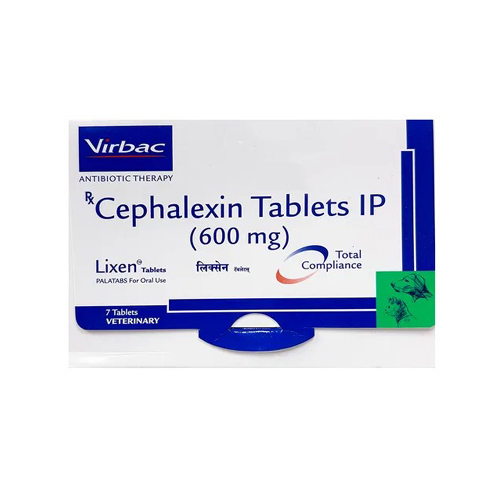
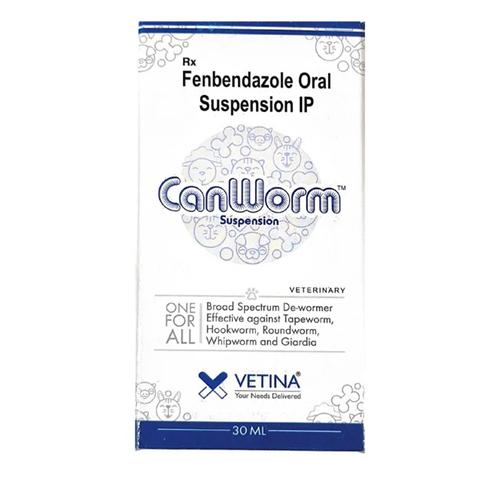


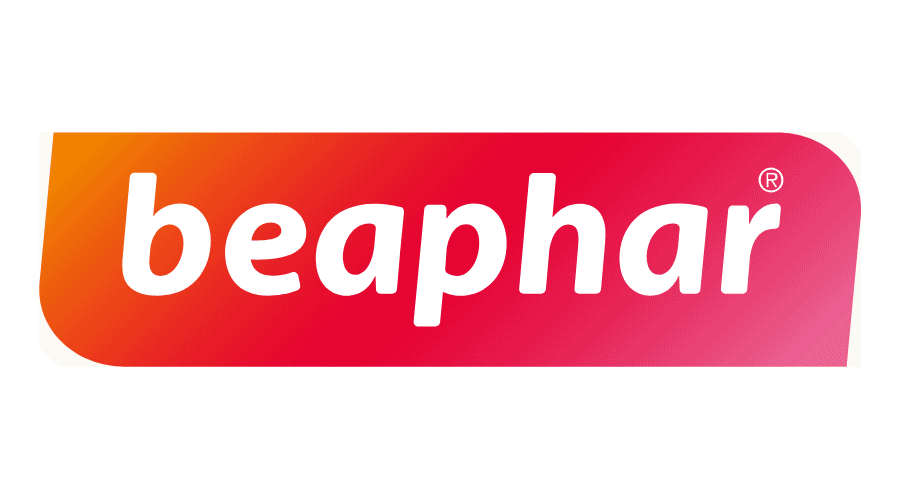
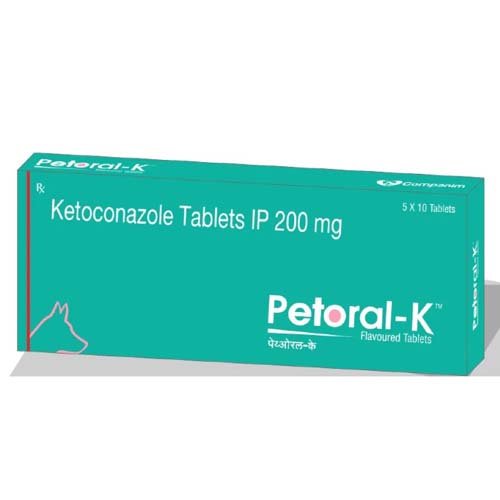
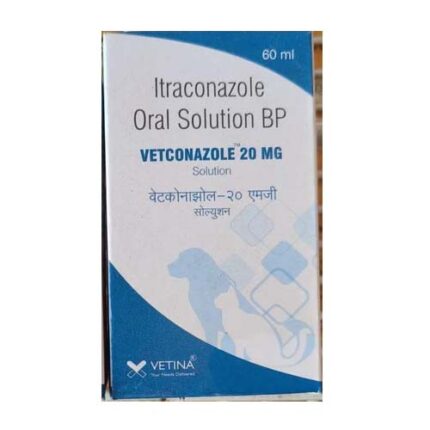
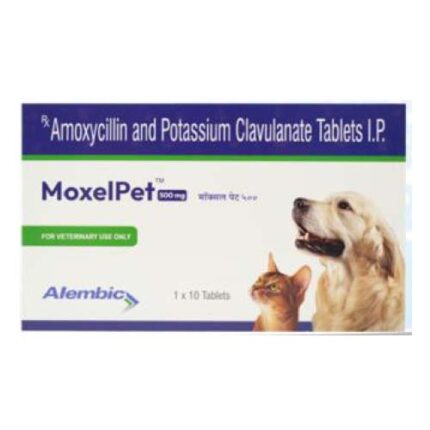
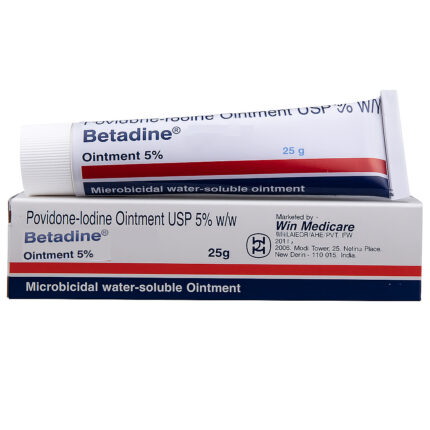
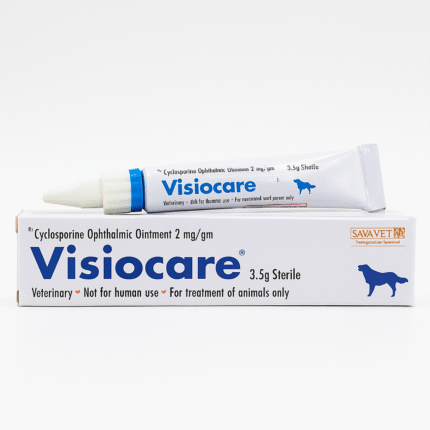
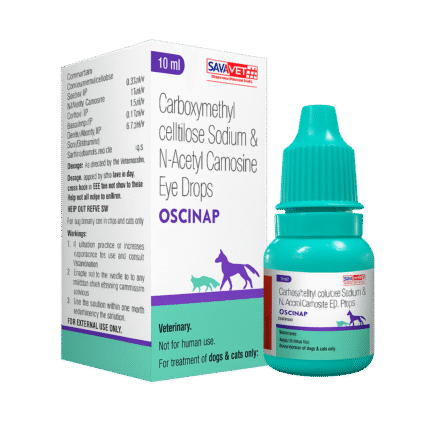
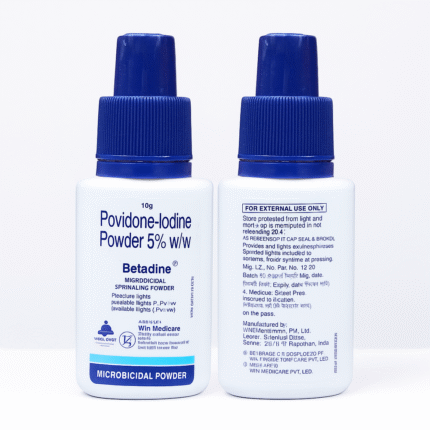
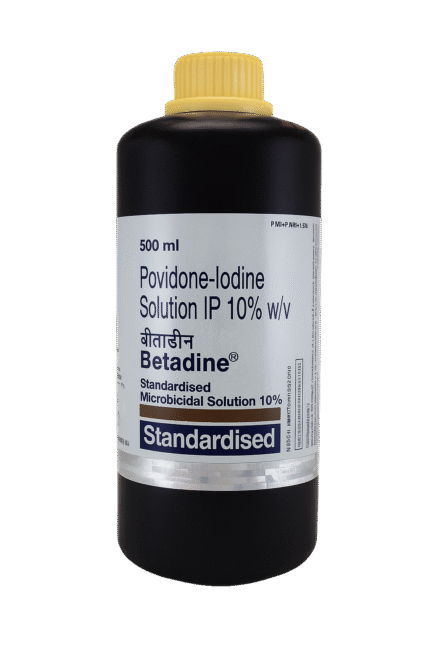
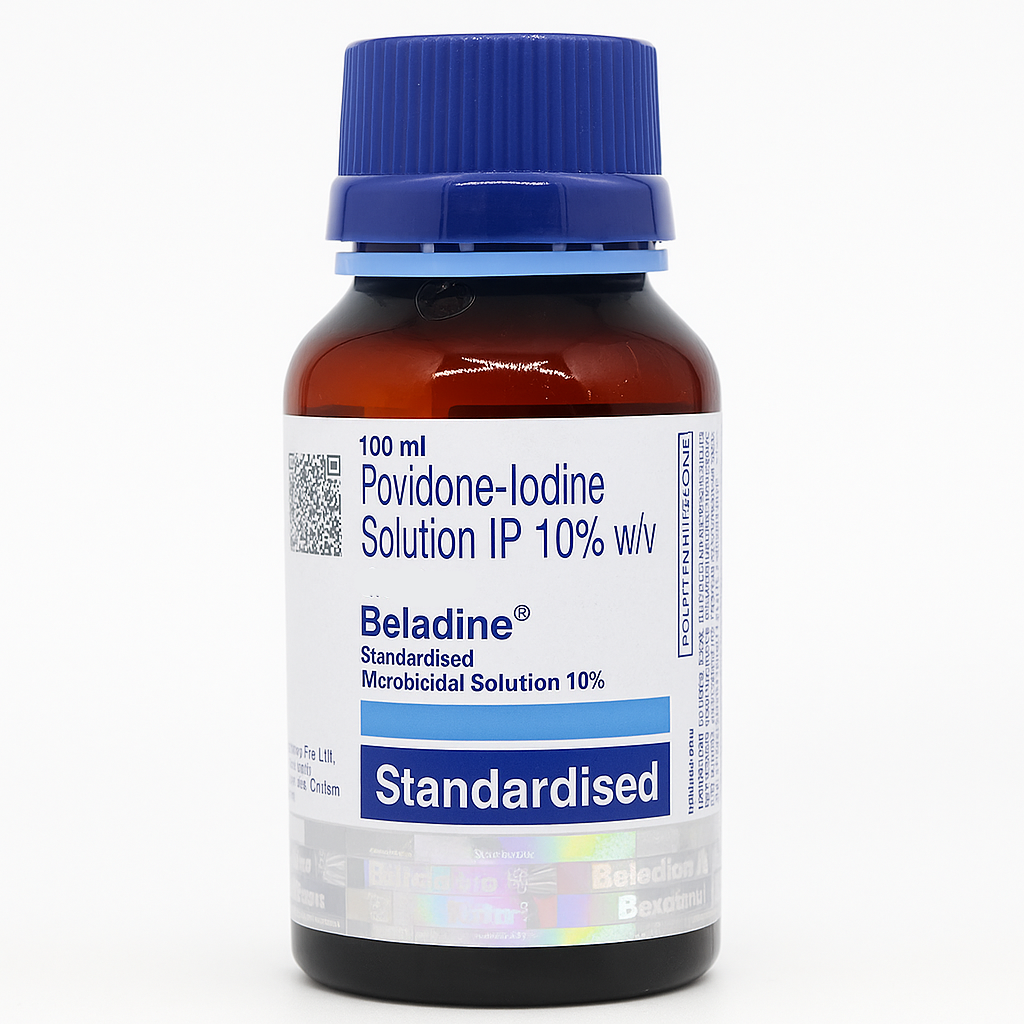

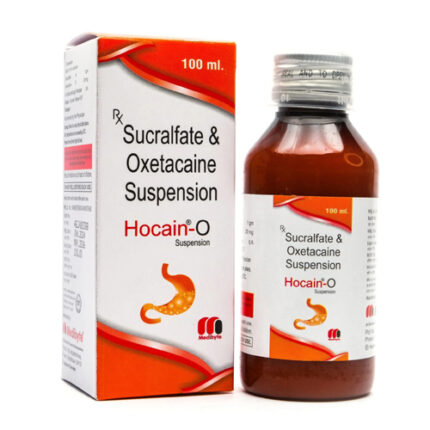
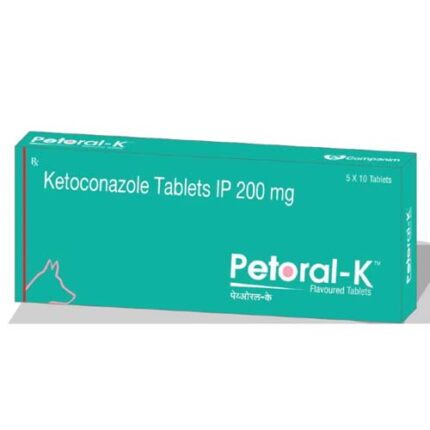
Reviews
There are no reviews yet.